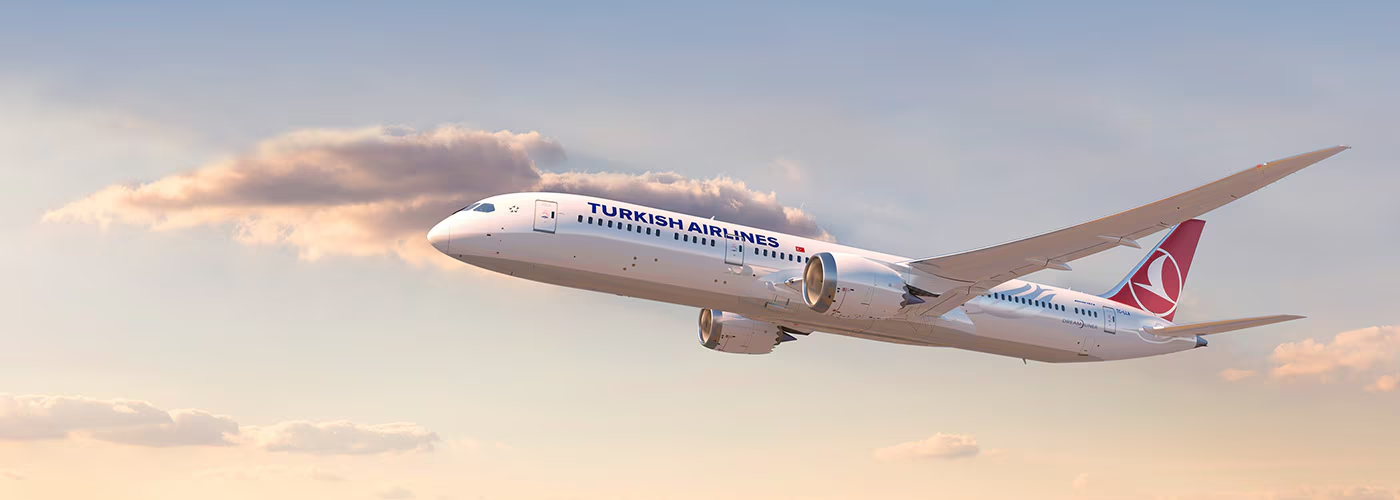Why the A380 Found a Home at Emirates?
The Airbus A380 promised revolutionary passenger comfort and record-breaking capacity. Airlines flocked to the superjumbo initially, but many have since sent their A380s to an early retirement. Yet, one airline, Emirates, continues to champion the A380, making it the backbone of its fleet. What has allowed Emirates to succeed where others failed?
The answer lies in a two-pronged strategy: economies of scale and a perfect hub environment.
Economies of Scale: A Numbers Game
Operating a giant aircraft like the A380 is expensive. Training pilots, maintaining the plane, and acquiring spare parts all come at a premium. The key to making it work financially is spreading these costs across a large fleet. Emirates understood this principle and went all-in, acquiring a staggering 116 A380s. This massive order lowered their per-unit operating costs significantly.

In contrast, airlines like Air France, which only purchased 10 A380s, never reached the critical mass needed for cost-effectiveness. As Emirates’ president, Tim Clark, aptly stated,
“The A380 was a misfit for Air France. They never scaled, they only have ten aircraft. Yes, we faced the same teething problems, but we dealt with them because we were scaled enough to deal with it. If you’ve got a sub fleet of 10 it’s a bloody nightmare and the costs go through the roof.“
Emirates’ president, Tim Clark
The Ideal Hub for the A380
The A380 thrives in a hub-and-spoke network, efficiently connecting passengers from various destinations through a central hub. Dubai International Airport (DXB) perfectly complements the A380’s needs. With its massive size and over 50 A380-capable gates, DXB provides the infrastructure required for seamless A380 operations.
This is a stark contrast to airports like Bangkok’s Suvarnabhumi Airport, which has limited A380-compatible gates. This restricted Thai Airways, another A380 operator, from expanding their fleet and achieving economies of scale, ultimately contributing to their decision to retire the aircraft.
Emirates’ A380 Journey: A Long-Term Commitment
Emirates’ commitment to the A380 extends beyond cost-effectiveness. They’ve transformed the A380 into their flagship, offering luxurious amenities and a superior passenger experience. Their vision extends far into the future, with plans to keep the A380 flying until the 2040s.
While the future of the A380 with other airlines remains uncertain, Emirates has proven that with the right strategy and infrastructure, this giant of the skies can still be a recipe for success.
Youssef Yahya is the CEO and Founder of Aviation for Aviators, a platform dedicated to the aviation industry. With over 3 years of experience as an aviation writer, Youssef is passionate about sharing his insights on aviation, entrepreneurship, and the broader business landscape. As a Teaching Assistant in Entrepreneurship at Nile University, he also nurtures the next generation of entrepreneurs. When he’s not exploring the skies or business ventures, you can find him saying, ‘Drag your coffee, and let’s talk aviation, entrepreneurship, and football.’
You might also like:
- Etihad Airways Passenger Arrested for Lewd Conduct During Flight EY7 to Boston
- Aerospace Medicine
- Delta Air Lines Partners with Shake Shack for an Elevated In-Flight Dining Experience
- What happens when lightning strikes an airplane?
- Memorial for Azerbaijan Airlines Flight J28243 Victims at Baku Airport
Discover more from Aviation for Aviators
Subscribe to get the latest posts sent to your email.














Post Comment